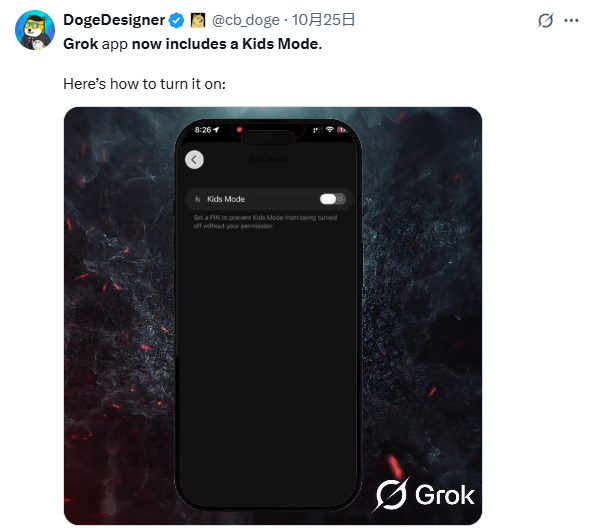Recently, exciting news has emerged in the global technology field: a research team led by a co-founder of Neuralink has achieved a major breakthrough in artificial vision technology, successfully restoring central vision to patients for the first time. This milestone development brings new hope to blind patients, especially in the treatment of age-related macular degeneration (AMD), a common eye disease.

According to a recent study published in Nature, 70-year-old Sheila Irvine finally saw light again after being blind for 15 years. Sheila was once a passionate bookworm, and her life was enriched by reading before she lost her vision due to AMD. After participating in a study called PRIMA, her wish was fulfilled, allowing her to read books and recognize the world around her again.
PRIMA works by implanting a tiny photovoltaic retinal implant under the patient's retina. This implant is as thin as a strand of hair and can replace photoreceptor cells, working with specially designed glasses through wireless technology to capture images and convert them into light signals. Researchers stated that this new technology can restore functional central vision to 84% of patients, with 80% of participants showing significant improvements in vision, demonstrating great clinical value.
The research team conducted experiments on 38 AMD patients worldwide and evaluated their vision at 6 and 12 months. The results showed significant improvements in participants' vision, with relatively low surgical risks. Although some patients experienced mild discomfort after surgery, most returned to normal within two months.
The success of PRIMA technology not only brings new hope to AMD patients, but the research team also stated that this technology could potentially be applied to other retinal diseases, such as retinitis pigmentosa, as long as retinal neurons remain, it may be possible to restore vision.
The team has already submitted relevant applications to European regulators and plans to officially launch PRIMA technology next year, with the FDA approval process also underway. Although this technology still has limitations, such as visual clarity and image processing speed, researchers are actively developing the next generation of implants, hoping to bring light to more patients in the future.










